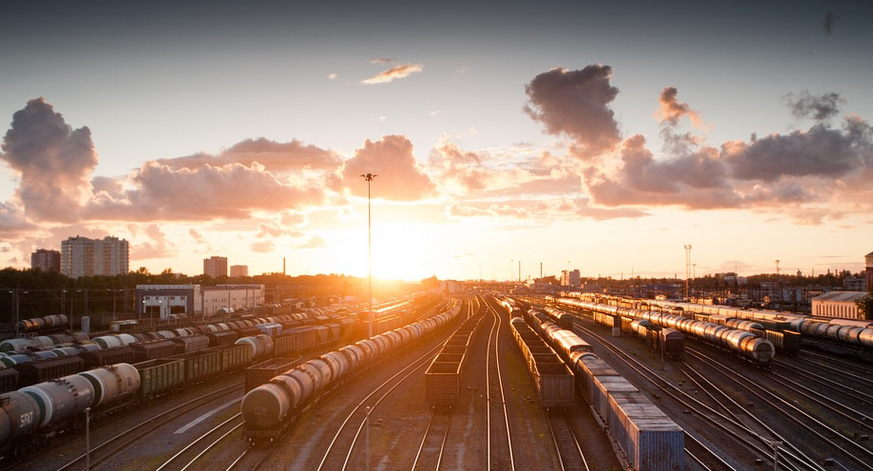
Does Gyprock Contain Asbestos?
Unpacking the History of Gyprock and Asbestos
Gyprock, a term often heard in home construction, refers to a versatile building material known for its lightweight and fire-resistant properties. It’s commonly used as wall sheathing in homes, offices, and even industrial settings. But one question that lingers among homeowners is: does gyprock contain asbestos?
The answer is nuanced, with a bit of history to unfold.
Gyprock, as you might have guessed, was developed over time. Early versions of the material used gypsum boards, and these boards themselves contained natural mineral fibers that could potentially be akin to asbestos. However, the concern with asbestos in construction materials wasn’t truly established until the 1970s during the American “Asbestos Awareness Movement.”
The discovery of asbestos’ hazardous properties by scientists came as a major turning point in industrial safety. They found that when inhaled, asbestos fibers could cause lung cancer and mesothelioma, a deadly form of cancer affecting the lining of the chest and abdomen.
This revelation sparked widespread awareness about asbestos dangers, leading to stringent regulations and bans on its use in many industries, including construction.
Asbestos regulation was quite a journey, involving several phases: Initially, it was regulated at a federal level, followed by state-level amendments that aimed to protect consumers. It wasn’t until the 1980s that asbestos’ harmful effects on human health became fully recognized.
Gyprock manufacturers responded to this evolving landscape by gradually replacing asbestos with safer alternatives in their products. They also began including labeling instructions for potential asbestos-containing materials, like a warning symbol or a note about the presence of potentially dangerous substances.
The use of asbestos in gyprock has been drastically reduced since the 1980s, although it’s important to remember that some older buildings still contain areas with potentially hazardous asbestos.
To understand the likelihood of encountering asbestos in your own home or building project, you must first look at the specific time period when your home was built. The type of material used and the construction methods will help us gauge potential risks.
While modern gyprock does not typically contain asbestos, it’s crucial to remember that historical practices might vary depending on where you live. If you’re unsure about the presence of asbestos in your building project or home, it’s always best to consult a certified professional.
Whether your house was built before 1985 or after, professional assessment can help determine if there are any areas with potential asbestos exposure.
When dealing with a suspected risk of asbestos, it’s important to act cautiously and avoid handling or disturbing the material without proper protective gear.
“Don’t let the fear of asbestos overwhelm you,” advises a construction expert. “With proper knowledge and precautions, you can navigate this process confidently and ensure the safety and integrity of your building projects.”
For further information on this topic, visit reputable sources like the Centers for Disease Control and Prevention (CDC) or the Occupational Safety and Health Administration (OSHA). They offer valuable guidance and resources to help homeowners.
Ultimately, understanding the history and potential risks of asbestos in gyprock is a crucial step towards ensuring the safety and longevity of your building projects. By staying informed and taking necessary precautions, you can contribute to a healthier and more secure future for all.